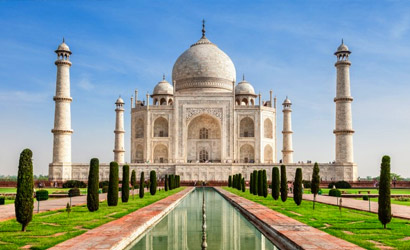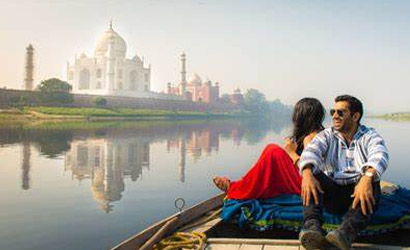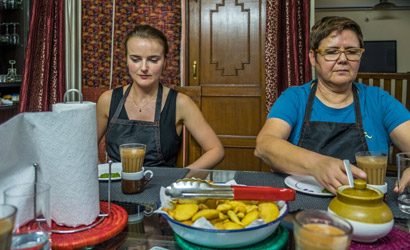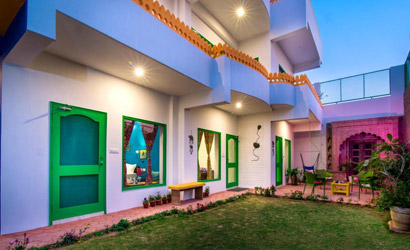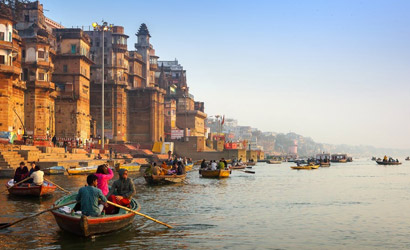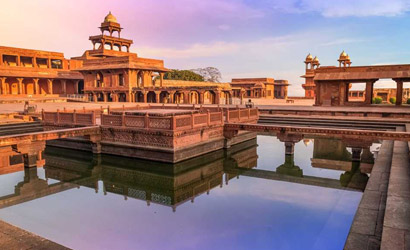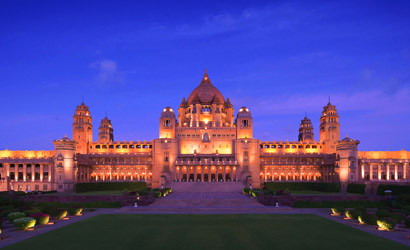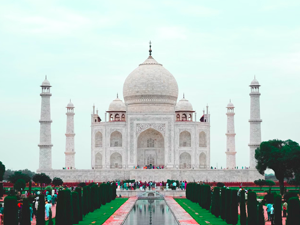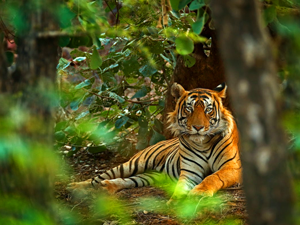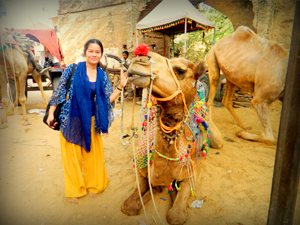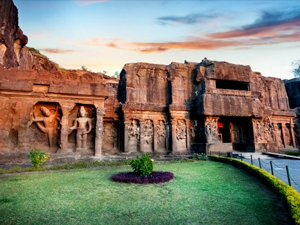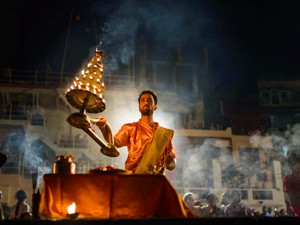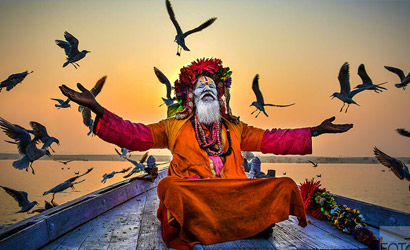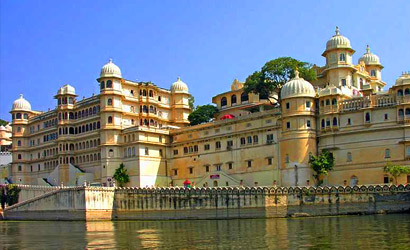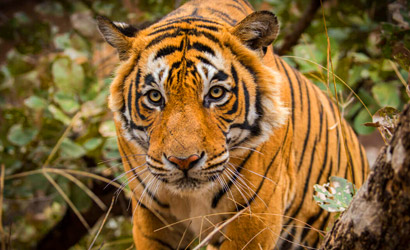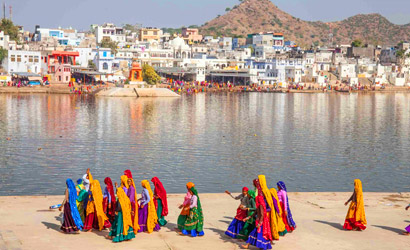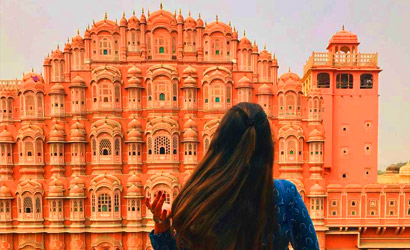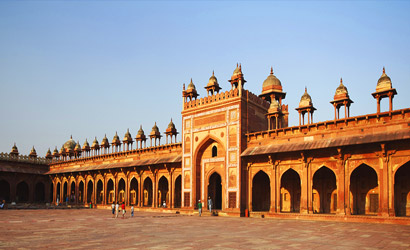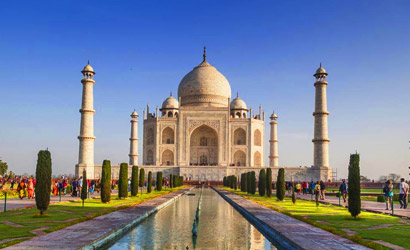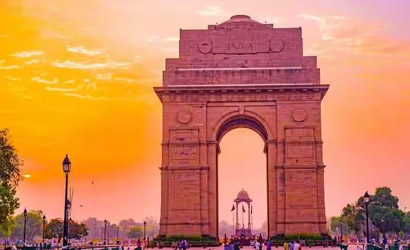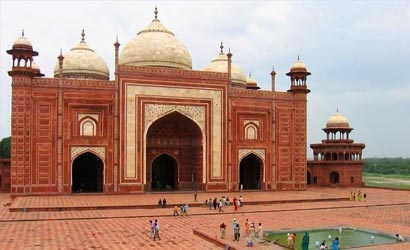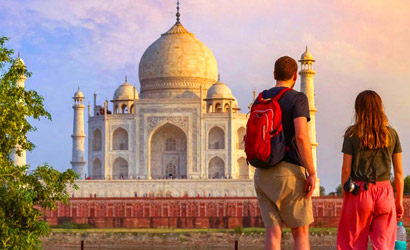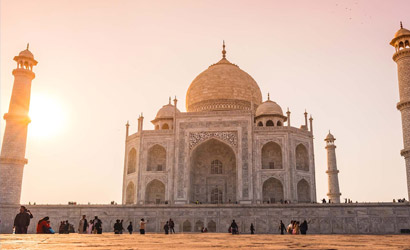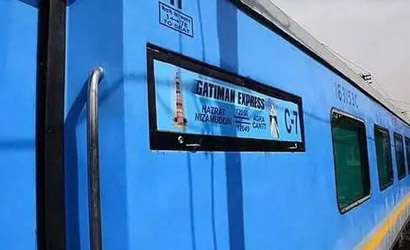Travel Guide

Unleash the adventurer in you with TabiAdvisor’s travel insights that go beyond the ordinary. Delve into a journey of discovery as we unveil the essence of each destination through a unique lens. Whether you crave the pulsating energy of vibrant cities or the serene beauty of untouched landscapes, our travel guide is your passport to a world of unforgettable experiences.
TabiAdvisor, your trusty companion in wanderlust, curates a treasure trove of information to make your travels seamless and enriching. From hidden gems to iconic landmarks, we illuminate the path to immersive exploration. Dive into the heart of cultures, savor local flavors, and navigate through the rich tapestry of history with the guidance of TabiAdvisor.
Travel Guide
Passport and Visa
When preparing for overseas travel, it’s essential to have your passport. Even if you already have one, check if it remains valid for at least six months. A visa is mandatory for traveling to India. Ensure that there is enough unused visa space in your passport.
[Three Types of Tourist Visas]
- Regular Visa: Apply at the Indian Embassy in Tokyo or the Consulate General of India in Osaka.
- E-Tourist Visa (e-Tourist Visa): Issued upon arrival at Indian airports. Apply at least four days before departure through a dedicated website and bring the printed copy.
- Arrival Visa (Visa on Arrival): No prior application needed; it is processed and issued upon arrival at Indian airports.
*Note: Information may change due to various factors. Please check the website of the Indian Embassy or Consulate for details.
Climate and Clothing
India’s seasons are divided into summer (April to June), monsoon (June to September), and dry season (October to March). While India is often associated with hot weather, the vast land area and altitude variations result in different ideal seasons for different regions. Prepare your clothing based on the season and destination.
[Summer (April to June)]
Temperatures gradually rise from February, reaching over 40°C in April and May, sometimes exceeding 50°C. To protect yourself from direct sunlight and hot winds, consider wearing clothes that cover your skin and bring a shawl.
[Monsoon (June to September)]
Most of the annual rainfall occurs during this period, with temperatures exceeding 30°C. Due to high humidity, prepare breathable clothing that allows for easy changes.
[Dry Season (October to March)]
In northern cities like Delhi, daytime temperatures range from 20 to 30°C. Evenings and mornings can be chilly, requiring sweaters. In the southern regions, the heat subsides, making it an ideal season for tourism.
*Even during seasons with temperatures exceeding 30°C, it’s recommended to bring light, long-sleeved clothing as airports, trains, hotels, etc., are air-conditioned.
*Comfortable walking shoes are recommended for exploring tourist destinations on foot.
Essentials
[Must-Have Items]
Passport, cash, airline tickets, mobile phone, international cash card or credit card, keys to your luggage.
[Convenient Items]
Mobile phone charger, adapter or transformer for electronic devices, camera, writing tools, mask, thin long-sleeved clothing, essential medication, pocket tissues, wet wipes, portable hand soap, sunscreen, hat, sunglasses, etc.
[Items for Economical Hotel or Facility Users]
Toilet paper, insect repellent spray, clothespins, soap, plastic bags, etc.
*Why is toilet paper necessary?
Indian toilets are similar to Japanese squat toilets. After using the toilet, water is used for cleaning. Toilets are equipped with a bucket or cup, and there’s a tap on the wall. After using the left hand for cleaning, rinse it with another cup of water. If you find this method uncomfortable, you can use your own toilet paper and dispose of it yourself. Wash your hands with the provided hand soap. While facilities used by tourists in airports and city centers usually have Western-style toilets with toilet paper and hand soap, having pocket tissues and portable hand soap is convenient for travel.
Troubleshooting
India, with its vast territory and diverse population, comes with certain challenges. Stay vigilant to avoid troubles. While Japanese people are accustomed to precise train schedules, delays and traffic jams are common in overseas travel. Embrace the relaxed pace of India and enjoy your time, even during unexpected waiting periods. Practice common-sense crime prevention measures to minimize the risk of trouble. However, it’s advisable to have travel insurance for unforeseen troubles, illnesses, or injuries.
[Troubleshooting Points]
- Drinking Water
Indian water, rich in minerals, may cause stomach upset for Japanese people. Tap water is often not completely disinfected, and it can be a source of waterborne diseases like cholera and dysentery. Always drink mineral water. Be cautious even with fresh juices and lassi, as they may use tap water, and be wary of ice.
- Heatstroke and Sunstroke
During summer and monsoon, India experiences intense sunlight, and temperatures can reach nearly 50°C. Besides hats and sunscreen, prepare breathable clothing that covers your skin from direct sunlight and hot winds. Also, be mindful of your schedule, as a hectic itinerary can lead to health issues.
- Diarrhea
Most cases can be prevented by being cautious about food and drinks. Avoid untreated water, ice, and be cautious with raw or undercooked food. Spicy Indian cuisine, high in oil, can be harsh on the stomach. If symptoms persist or worsen, seek immediate medical attention.
- Malaria
Malaria is transmitted by mosquitoes, especially from May to August in high-temperature zones. Symptoms include high fever, chills, headaches, vomiting, and joint pain. Take precautions to avoid mosquito bites, such as closing windows in your accommodation, using insect repellent, and wearing clothing that covers exposed skin during nighttime outings.
- Rabies
Rabies is transmitted through bites from infected dogs or cats. Avoid approaching stray animals, and if bitten, disinfect the wound and seek vaccination within three days. Vaccination requires multiple doses over several months. Pre-travel vaccinations are also available.
- Theft and Pickpocketing
Common in long-distance transportation like trains and buses, theft can happen when attention is diverted. Be cautious, especially just after departure or before arrival. Travelers in India often attach locks to their travel bags for security.
- Sleeping Pills Robbery
Criminals may offer food or drinks containing sleeping pills, intending to steal cash while the traveler is unconscious. Never consume anything offered by strangers, and remain vigilant.
- Trouble Involving Drugs
Drug use is illegal in India, and mere possession can lead to severe punishment. Exercise caution and do not succumb to pressure or get carried away by the atmosphere.
- Involvement in Traffic Accidents
India’s unique traffic conditions require caution, especially when crossing roads. In case of an accident, contact emergency services, the police, and your overseas travel insurance company.
- Areas with Advisories for Travel Abstinence
Do not travel to areas for which the Japanese government’s Ministry of Foreign Affairs issues advisories such as “travel delay recommended” or “exercise caution.” Situations and security can change, so always check the conditions before your trip.
[Guidelines for Avoiding Trouble]
- Avoid carrying unnecessary cash openly. Divide cash and store valuables separately. Carry valuables securely in a bag.
- Be diligent in managing your belongings. Keep your bag with the zipper facing you and within sight. In restaurants or transportation, avoid placing it on the next seat; instead, keep it on your lap. For side-zippered backpacks, either avoid putting valuables in them or refrain from using them.
- Avoid flashy accessories and conspicuous clothing, as they may make you a target for theft.
- Women should avoid exposing too much skin, as India is a country where modest dressing is appreciated. Recommended attire includes T-shirts for the upper body and long pants or skirts for the lower body.
- Women should use women-only train cars, bus seats, and ticket counters.
- If your hotel room is knocked on, even by hotel staff, do not casually allow entry. Maintain a firm attitude, especially with overly familiar men.
- Limit outdoor activities during late night to early morning when there are fewer people and an increased chance of encountering stray dogs.
- Be cautious of crimes involving police officers, doctors, and other seemingly trustworthy figures. Solo travelers and those using economical hotels and facilities should be particularly vigilant.
- Respect the Indian sentiment of valuing all living beings. Do not mistreat animals, especially cows, considered sacred in Hinduism.
- Due to religious reasons, unmarried women are treated with great respect. Avoid touching or talking to Indian women to prevent potential trouble.
-
Need booking help ?
Please send a message on the WhatsApp.
